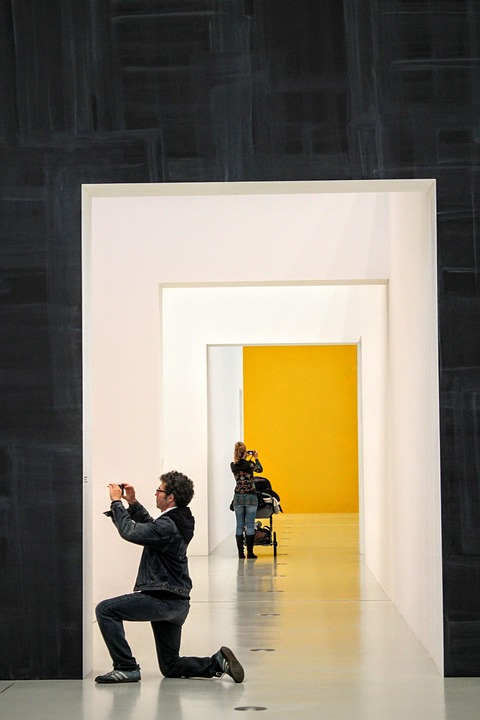The Art of Ownership: Essential Skills and Responsibilities for Art Gallery Owners
In the vibrant world of art, where creativity intertwines with commerce, the role of an art gallery owner emerges not merely as a business leader but as a custodian of culture and a facilitator of artistic expression. The art gallery landscape is evolving, and with it, the demand for skilled individuals is on the rise, making this a shortage occupation with promising career prospects.
Navigating the Art Market
Understanding the nuances of the art market is crucial. This involves not just a keen eye for aesthetic appeal but also an astute awareness of market trends. How does one determine the potential value of an emerging artist’s work? Being conversant with both contemporary and historical art movements can provide a significant edge. According to the Art Market Report 2023, galleries that successfully blend traditional practices with modern marketing strategies are better positioned to thrive in today’s competitive environment.
Building Relationships
Networking is fundamental in the art world. A gallery owner must cultivate relationships with artists, collectors, and critics alike. This brings forth an intriguing question: how does one effectively establish trust in such a subjective field? Regular exhibitions, open studio events, and artist talks can create a vibrant community atmosphere, fostering connections that often translate into sales. As noted by art consultant Sarah Green, “People don’t just buy art; they invest in relationships.”
Mastering the Business Side
While passion for art is vital, the savvy gallery owner must also possess solid business acumen. This includes budgeting, marketing, and understanding legal obligations related to art sales. One needs to ask: what are the implications of copyright laws on sales and exhibitions? A well-structured business plan can guide an owner through the complexities of running a gallery, from managing finances to ensuring compliance with industry regulations.
Curatorial Vision
A unique curatorial vision is what sets a gallery apart. What themes or narratives do you wish to explore? This vision informs exhibition planning and can attract a dedicated audience. The ability to tell a compelling story through a collection not only enhances the viewer’s experience but also elevates the gallery’s profile within the art community. Curator and writer Emma Davis highlights, “The narrative behind an exhibition can be as powerful as the artworks themselves.”
Navigating Digital Transformation
In today’s digital age, embracing technology is non-negotiable. How can an art gallery leverage online platforms to reach a broader audience? From virtual exhibitions to social media marketing, the digital landscape offers unprecedented opportunities for visibility and engagement. Gallery owners must be adept at using these tools to both showcase their collections and connect with art enthusiasts around the globe.
Embracing Diversity
Diversity within the art exhibited is not merely a trend but a necessity for relevance. A gallery that showcases a variety of voices can resonate more deeply with its audience. This brings to light the question: how can gallery owners ensure inclusivity in their curation? Collaborating with artists from diverse backgrounds and facilitating dialogues around their work can enrich the gallery’s offerings and community impact.
The Future of Art Gallery Ownership
As the art world continues to transform, the role of gallery owners will undoubtedly evolve. The combination of passion, business savvy, and a commitment to fostering community will be paramount. For those considering a career in this field, the prospects are not just promising but exhilarating.
At Visajob.co.uk, we’re dedicated to guiding you through your journey in securing a position within this dynamic industry, especially for roles requiring sponsorship. The art world is rich with opportunity, and with the right support, you can find your place within it.




